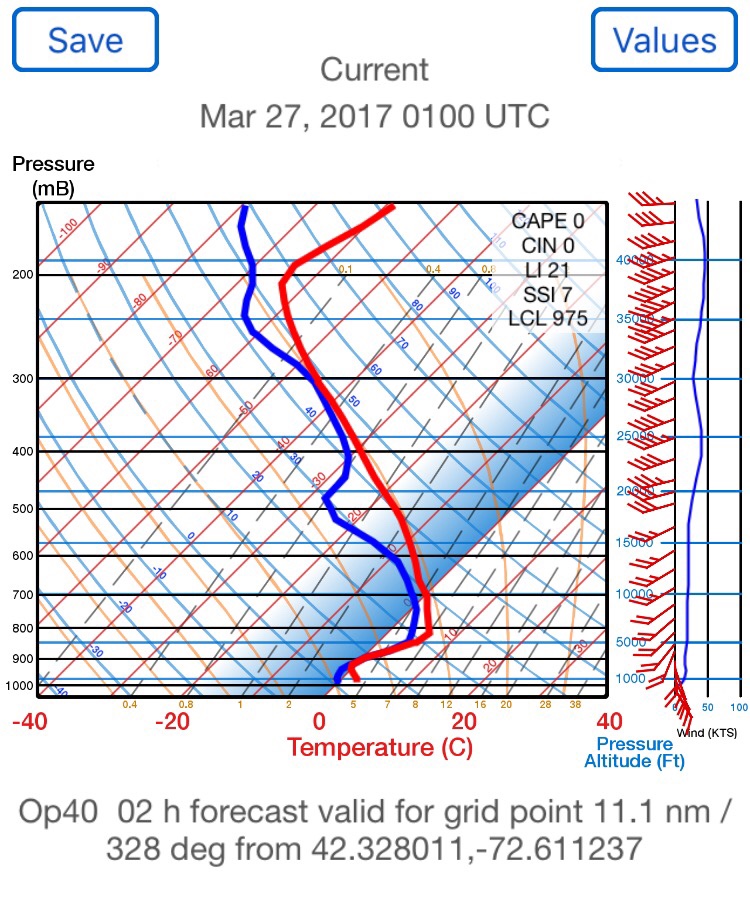drotto
Cleared for Takeoff
So, I am nearing the end of my IFR training, but have only managed like 0.4 hrs of actual.That means I have not had the chance to penetrate many cloud layers. Taking CB's out of the equation, how thick is your average cloud layer? On real IFR flights, are you able to get through to the tops in many situations?


